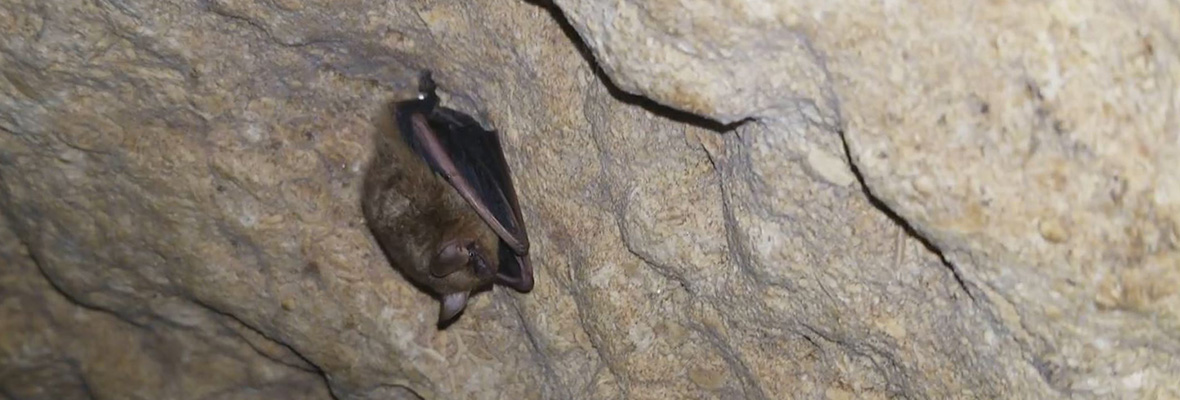Bats as Pets: Good Idea or Not?
On one hand, bats are incredibly good animals to have around, especially if you have flowers, fruits, or vegetables growing in your garden. If you're a keen gardener, you may already be aware that bats eat a lot of the bugs and insects that would otherwise devour your beautiful back yard. Bat guano (feces) has also proven to be a pretty good fertilizer too, and one found in abundance when you have a bat infestation.
Free fertilizer and bug control? Sounds too good to be true, right? It's because the situation IS too good to be true. In fact, the situation could be downright dangerous.

Guano — bat droppings — is actually pretty dangerous. To start with, it might be a really good fertilizer, but it's also quite corrosive. Throwing this stuff on your flowers to make them grow might not hurt you, but having a colony of bats producing guano in the attic is going to affect your life in a negative way before long. The stuff is corrosive, which means that enough of it will burn through whatever materials it comes into contact with after a while. If bat guano creates piles on the floor of your attic, it might start to seep through into the ceiling of the room below. With enough time and enough guano, the corrosive nature could see that pile falling right through onto your head.
You definitely don't want that.
As well as being corrosive, bat guano is also the carrier of a very serious disease threat — Histoplasmosis.
Bats aren't the only culprit as far as this disease is concerned; certain bird species can be a carrier. Usually found in quite hot and humid areas, the infection itself is caused by a fungus, and is also known by a number of other names:
Ohio Valley Disease
Darling's Disease
Cave's or Caver's Disease
Spelunker's Lung
(No, we didn't make that last one up!)
It's usually pretty harmless in adults that are healthy, but for anyone who already has an existing medical condition, the fungus can be deadly. Wreaking havoc in the respiratory system, the lungs can become infected and, in turn, cause a number of more serious problems.
As if that wasn't bad enough — and it should be — there is always the threat of rabies whenever bats have come to roost. In certain areas, bats are actually the number one hosts of the virus in the Unites States, and it might not be immediately obviously whether or not a bat (or any other animal) is hosting it.
Rabies, like many other animal-borne diseases, can lie dormant for a little while before anything happens. The virus is still in the body and is still capable of being passed along, but the symptoms haven't appeared yet. This is when the disease is at its most dangerous A bat that is rabid will be relatively easy enough to spot — it will be out during the daytime and will have no or very little fear of humans. This is incredibly unusual behaviour for bats.
A bat that has the disease in its very early stages can still bite you and pass the disease on, if the teeth penetrate your skin and make their way into the veins or bloodstreams. It will act no differently to any other fit and healthy bat, however. You won't know to avoid it. That's always why you should avoid coming into contact with any bat, dead or alive, and even baby bats too.
Keeping a bat as a pet might seem like a great idea, especially if you have found yourself with an orphaned bat from a colony you removed from your attic, for example, but it might actually be illegal for you to have that animal. It also won't survive for very long on its own — it's an animal that lives in a colony — so you must be prepared to have a host more family members join the gang.
The moral of this story? Don't keep bats as pets. In fact, don't go anywhere near bats in general!
Go back to the Bat Removal home page or email us for more info about Bats as Pets: Good Idea or Not?

